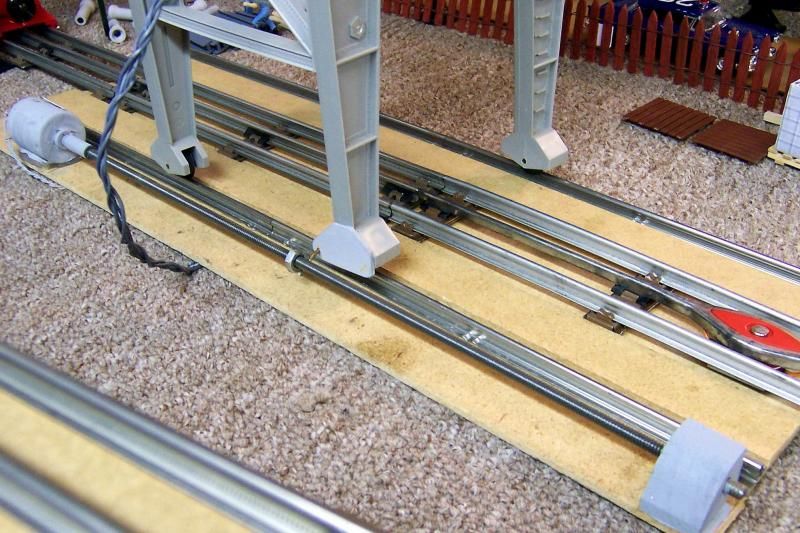I just recently purchased a new Lionel Magnetic Gantry Crane and also the 37" GarGraves Track for Lionel Gantry Crane. I have been doing some research online and I found some videos that show moving the crane using a threaded rod. But what I am searching for is detailed instructions as to how to build it. I would like to know what type of forward/reverse motor would be the best choice. And since the track is 36" long I would like to use a threaded rod from 24" to 30" long for the project. I would think a 3/8" rod would work well. Plus a list of part needed to build the control unit and attaching the rod to the gantry crane base.
Any information you can suggest would be greatly appreciated.













